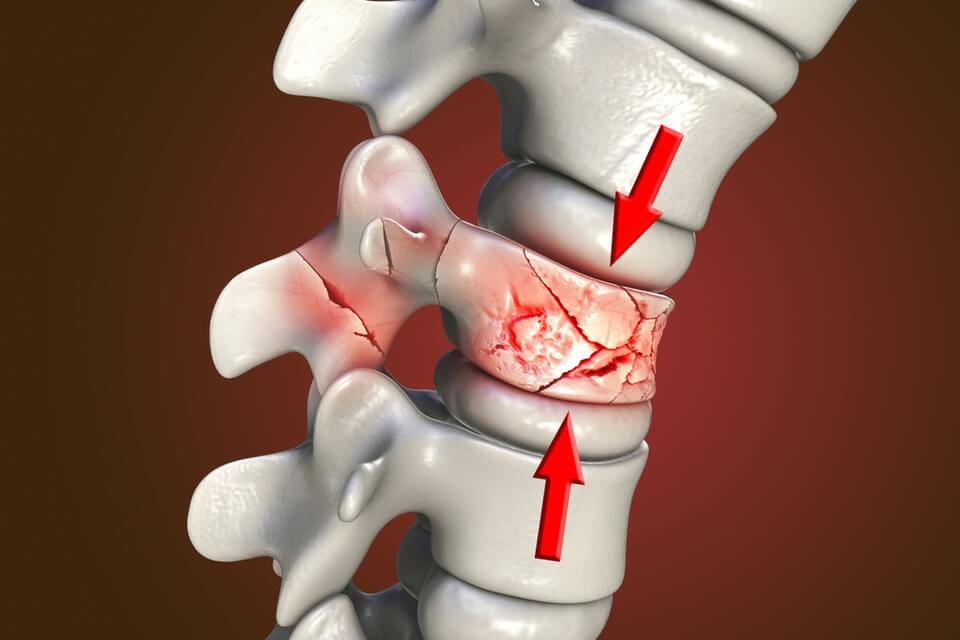Stand straight, sit upright, or please don’t slouch – raise your hands if you’ve been instructed to do such things by the elders of your family! We may not understand the importance of such statements in early life, but these little habits are straight away associated with our bone health.
Often known as the ‘silent disease,’ osteoporosis is a skeletal condition where bones lose minerals more quickly than the body can replenish. The deficiency of minerals like Calcium and Vitamin D reduces bone density, characterized by brittle bones prone to fractures. Most people don’t realize the presence of osteoporosis until a fracture happens, as there are usually no early warning signs or symptoms. Other times, pain in the joints or swelling associated with arthritis hinders the detection of osteoporosis on the first hand, which increases the risk of complications in adult life.
So, the question of identifying the symptoms of osteoporosis arises, as it may help prevent further bone loss and reduce the risk of bone fractures. From a young age, one can look up to debilitating symptoms associated with osteoporosis to seek medical treatment as soon as possible.
Symptoms
It is important to note that there are no symptoms in the early stages of bone loss. Osteoporosis on its own does not reflect pain or any apparent symptoms. A low bone density and structural deterioration of bone tissue increase the risk of fractures. Once the condition has weakened bones, the signs one may experience can be:
- A stooped posture
- Loss of height over time
- Mild to severe back pain (due to a fractured or collapsed vertebra)
- Easy bone fracture or injury
Usually, women have a higher risk of having osteoporosis than men. Some bone loss with aging is normal for everyone. However, women over age 65 and younger postmenopausal women with risk factors should be screened for low bone density.
What’s next?
Estrogen and testosterone (sex hormones) have a significant role in maintaining bone strength in both men and women. Usually, the fall in estrogen level occurs in females at the time of menopause, accelerating the risk of bone loss. In the first five years after menopause, an average woman loses up to 10% of her total body bone mass.
There is no standard treatment for osteoporosis. Identifying the risks through a thorough assessment of signs and symptoms, risk factors for osteoporosis, and functional status help the doctor decide on the best course of treatment.



Recent Comments